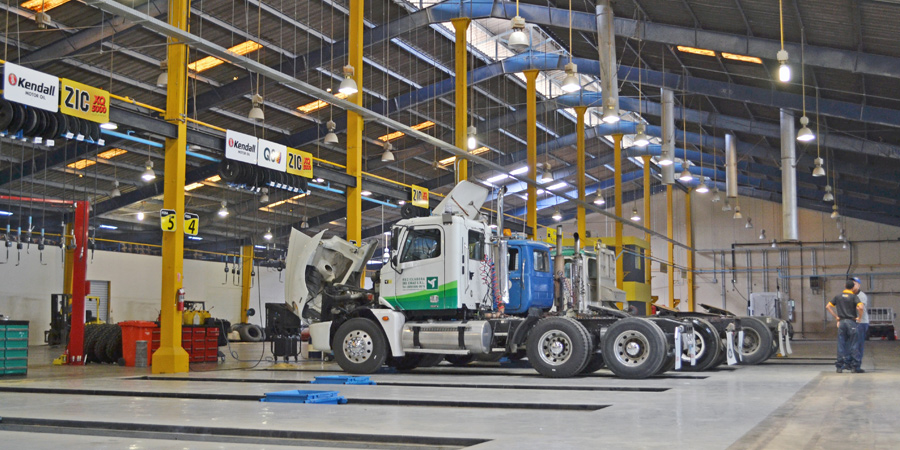Occupational Health and Safety – Automotive Industry

In terms of expertise and capability, the automobile landscape has evolved and technologies such as 3D glasses, haptic sensors and AR heads up displays have entered the vocabulary of traditional suppliers. Such ambitious enhancements, by and large, are reshaping the traditional work environments. The automotive industry was one of the first to develop global supply chains, and those supply chains have only continued to become more complicated. Moreover, the safety challenges that underlie these trends are not going away but instead, require confrontation.
In an automotive industry, the factory floors are busy and bustling places of manufacturing robots and equipment. They contain moving machineries and thousands of workers, and both work in collaboration. It’s a challenge to maintain this complex supply chain and so, health and safety of employees tops the agenda.
With rapidly changing consumer attitudes toward greater connectivity, mobility, and autonomous vehicles, volatile regulatory environments, increasing consumer demands for improved product safety, unrelenting cost pressures, and international competition, the Safety automobile industry is facing a potentially disruptive decade.
The way automotive businesses conduct business is also changing as a result of stakeholder demands for manufacturing eco-friendly products, operating with a smaller environmental impact, and reducing worker risks from chemicals, moving parts, and ergonomics.
EHS leaders are developing solutions for training, such as eLearning courses that explain H&S systems in detail.
One that enhance supply chain alignment, strengthen public trust by proving their capacity to meet regulatory standards, and offer transparency into their corporate sustainability processes in order to help manage these issues and stay competitive.
Employees and workers in an automotive industry encounter a variety of hazards on a daily basis. Primary ones are:
- Manual handling: Worker actions of bending, reaching, stretching, pulling, lifting, working in cramped positions and repetitive motions. If a worker bends over an engine bay, he/she may hold a fixed posture for a long period of time. Using excessive force with hand tools can also cause injuries.
- Being hit by or trapped between objects: During grinding, working under vehicles and cleaning parts, particles emitted may affect the eyes and other body parts. Doors, bonnets and other parts, tools and equipment may slip or move while performing work.
- Slips, trips and falls: Slips may occur on oily floors and when one works with slippery parts of vehicles. Also there are chances of tripping over tools and equipment.
- Exposure to noise, vibrations, fire and other hazardous conditions:
Noise and vibrations can result in deafening of ears. Workers are also exposed to hazardous substances and chemicals- petrol, solvents, degreasers, paints and other cleaning products.
The car manufacturing company, Toyota, has approached health and safety with a strategy known as K-HYP (Kaizen- How’s Your Process). At every facility, teams meet every morning and discuss safety, wellness, quality, efficiency and other metrics and as they pass around clipboards, they welcome any safety issue, injury or improvements in the process. Also trainings help them build a group-wide culture of health and safety from the grassroots-up. In the center of each plant, they have a cell dedicated to safety training, called as ‘safety dojo’. It is lined with PPE, instructions, charts and training gear and gives opportunity to work with the systems first-hand, before letting lose on the production floor.
Such ideas expand the reach of EHS to all levels of organizations. Industries, at a primary level, can carry out control measures to control hazards:
- Employees are well-trained in lifting activities and manual handling.
- Usage of mechanical load shifting devices (cranes, material hoists, hand trucks and forklifts) can avoid awkward loads.
- Workshops should encourage use of PPE and grinders and similar machineries should have guarding of machinery guidelines.
- Rotation of workers through a variety of tasks ensure that workers do not perform repetitive tasks for a longer periods.
- Undertake risk-assessments and pre-operational inspections.
- Permit-to-work to ensure that work is done safely and efficiently.
- Be sure that splash guards in place and written risk assessments are conducted to identify hazardous substances and control the risks
- Develop, implement and maintain a service regime.
- Lockout-Tag out procedures are carried diligently.
- Care should be taken that the noise levels do not extend the National standard exposure (beyond 85 dB) and audiometric tests are undertaken as and when required.
- Fire evacuation drills are conducted annually/six monthly.
- There is a system that confirms that workers have means of communicating while they work alone and in an event of emergency.
Safety should be taught from day one, even before employees have a chance to get to grips with the actual manufacturing process. It should be ingrained in the minds of every worker who works in the industry. That being said, safety is not a one-time experience, but an ongoing process that promises the health and well-being of an individual.



Do agree with every safety measure taken by Toyota. Good if it be followed by all industries as well.